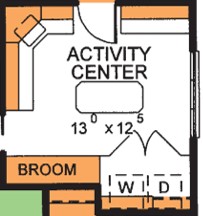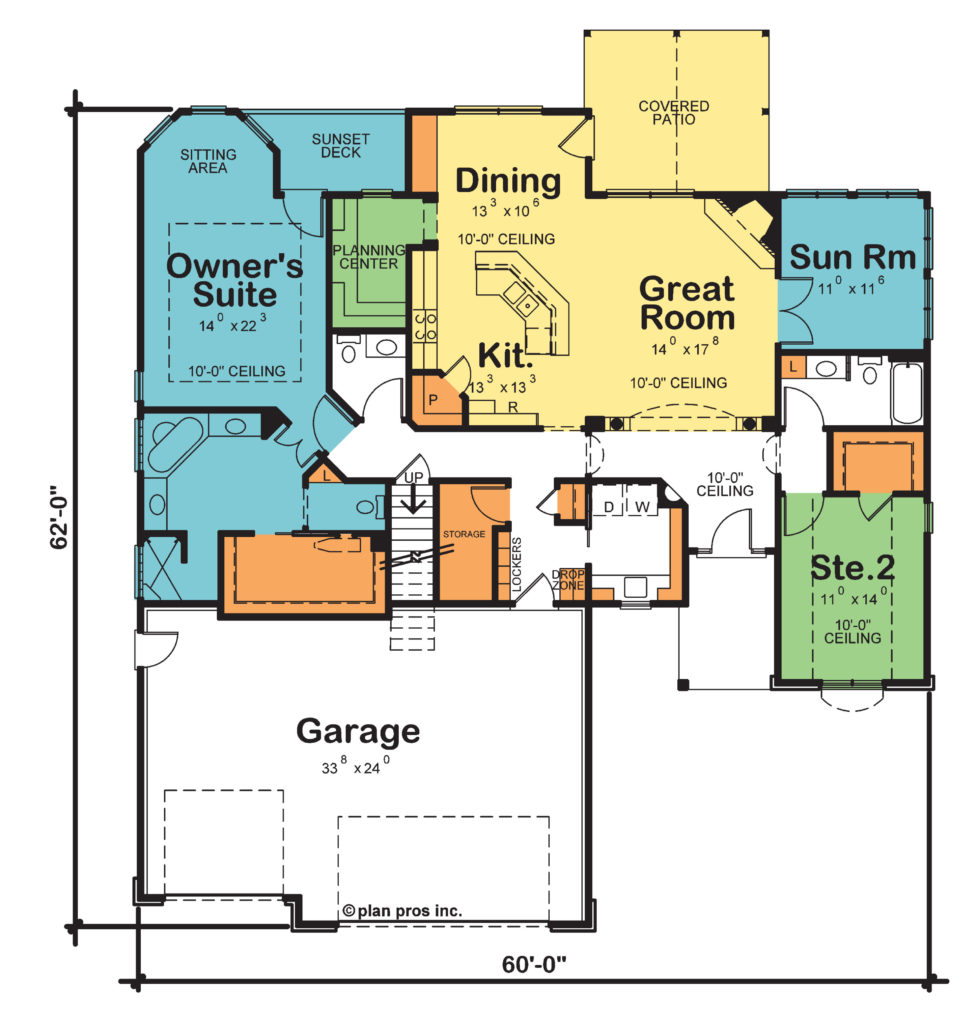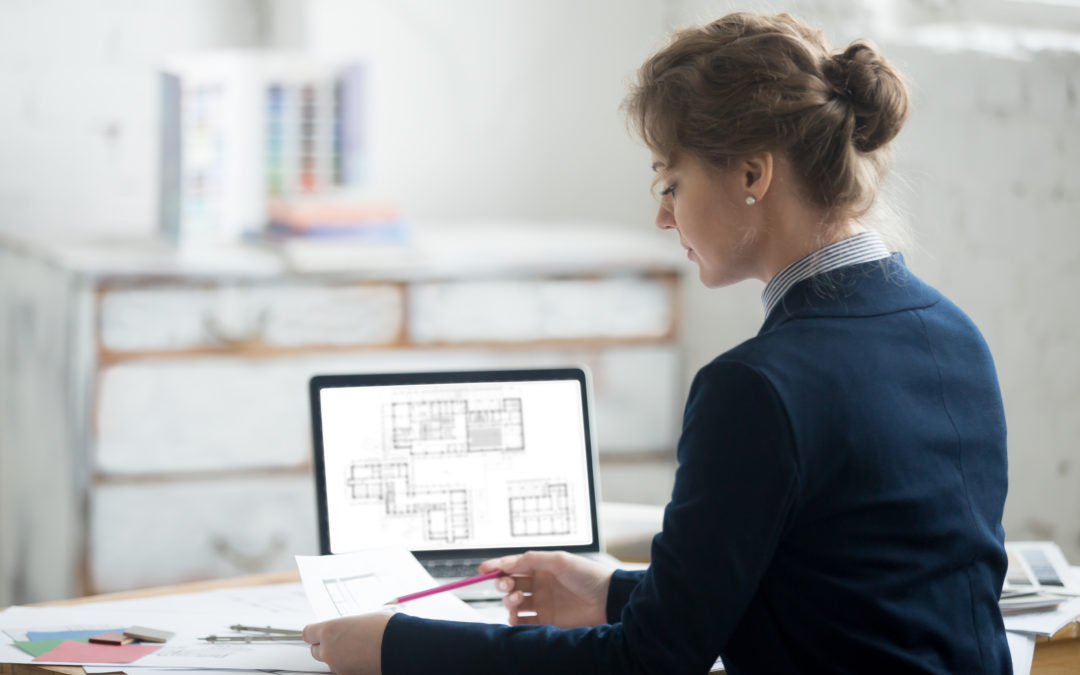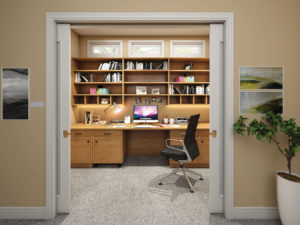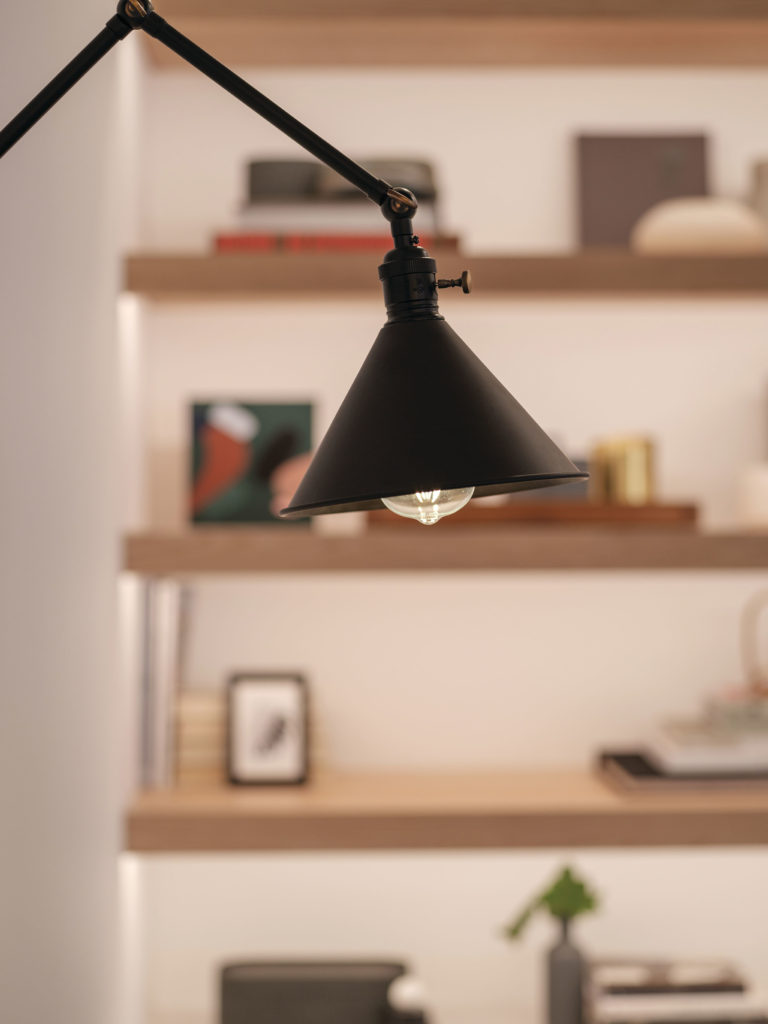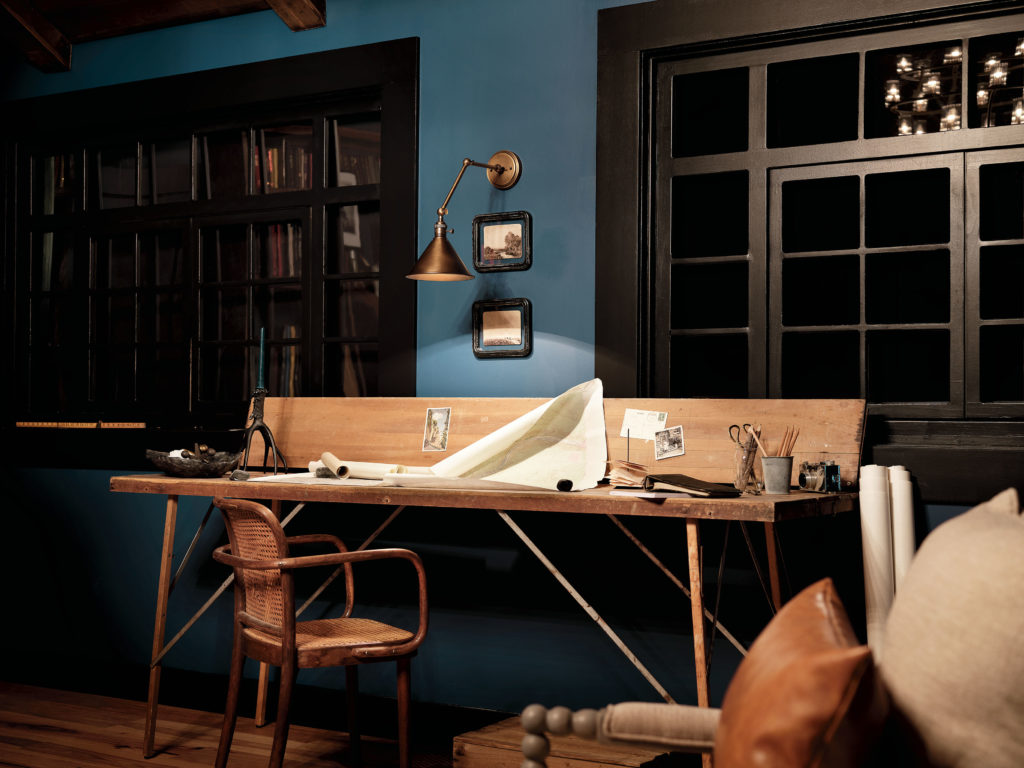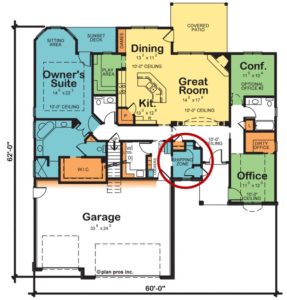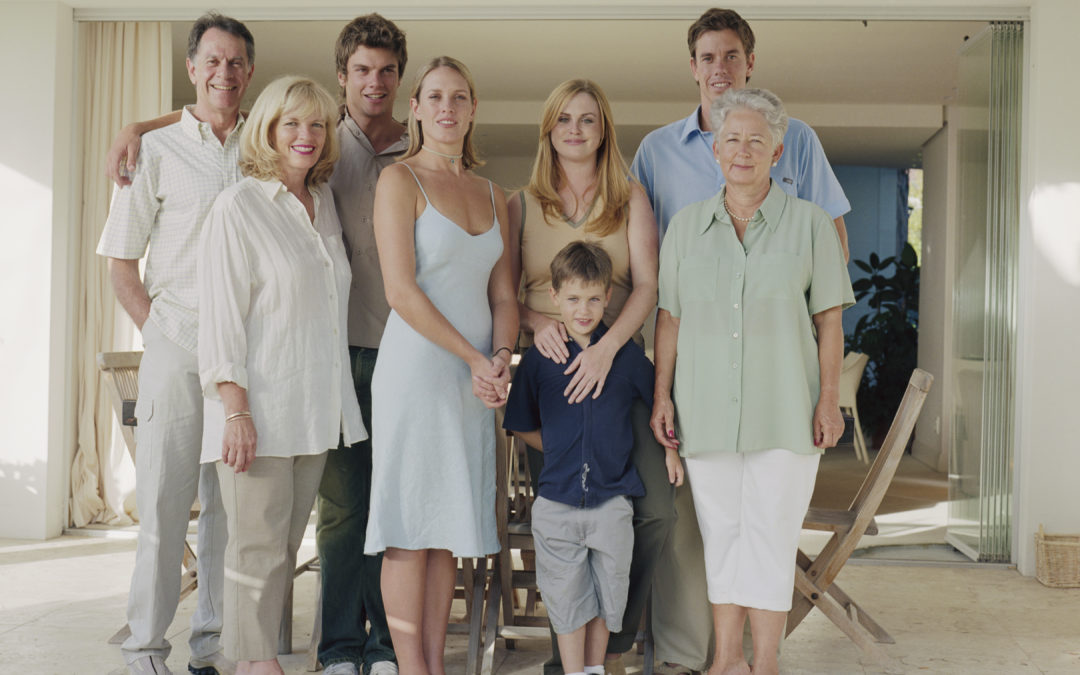
Offsetting Home Ownership Costs
Since 1980, the number of Americans living in multi-generational households has been on the rise to where today, one in five U.S. households have at least two adult generations in the home, and usually children, too. Younger adults find paying rent to their parents and moving back home frees up some cash for repaying student loans, while newlyweds move in because the lower rent allows them to save faster for a future down payment. Changing economic times such as the Great Recession that began in 2008 and the job losses resulting from the 2020 pandemic caused many families to choose to pool their financial resources. Multiple generations under one roof is commonplace among some cultural backgrounds. And there’s the familiar scenario of moving aging parents in rather than the assisted living alternative.
Homes designed with multi-generational living in mind are in demand! A main floor bedroom suite is almost always a prerequisite, avoiding stairs for the elderly household members such as in the Wilks Manor (#9165 – below) with its Guest Suite behind the garage.
But increasingly popular are designs with two bedroom suites having comparable accommodations. Often, both suites are on the main floor, though designs such as the Dillon Park (#42477 – below) provide more separation and privacy, with suites on different levels of the home.
Relatives splitting housing costs does not always involve differing generations. The suddenly single widow, other siblings, or even cousins are moving in or purchasing homes together, out of economic necessity. As with moving aging parents in, it is best to have a clear understanding of the shared financial responsibilities. Are necessary maintenance and repair expenses shared equally, or the responsibility of only one party?
Some homeowners expect to rent out part of their home from day one. One builder who purchased the Cedar Pointe (#42389) told us his primary market is younger, single, professional women. He went on to explain that affordable homes with two suites provide the rental income opportunity his market wants. Several reports have been published recently that Millennials are renting out bedrooms and even parking stalls in their garages.
At less than 1400 sq. ft. and with a second bedroom suite up front, the Cedar Pointe is a natural layout for young single home buyers looking for rental income to reduce their housing costs.
Tax deductions. If you itemize deductions on your income taxes, you may be able to deduct mortgage interest paid. And if you work from home, you may be able to deduct other expenses as well. According to the IRS website, “If you use part of your home exclusively and regularly for conducting business, you may be able to deduct expenses such as mortgage interest, insurance, utilities, repairs, and depreciation for that area. You need to figure out the percentage of your home devoted to your business activities, utilities, repairs, and depreciation.”
You work from home and frequently have clients, colleagues, and other business associates stop by your house. Built from the Leinart (#29336 – below), you can use the entire right side of your home (423 sq. ft) exclusively and regularly for business. A convenient shipping zone just off the front porch, with its private yet secure parcel drop, is ideal if you frequently ship or receive packages. So, slightly less than ¼ of your home’s finished square feet devoted to business activities and may be deductible. Consult your local tax professional to discuss your home office tax deductibility.
The Leinart’s home office wing to the right side plus its shipping zone account for 22.9% of the home’s square footage, providing a significant tax deduction when those spaces are used for working from home.
Sharing housing related expenses. Renting out a part of your home. Tax deductions. You may be able to offset a significant portion of the cost of owning your home, especially if it was designed for how you want your home to live!
For more resources on thoughtful design and products:
- View other articles on our blog
- Browse our Her Home™ Magazine
- Thoughtful Design Concepts
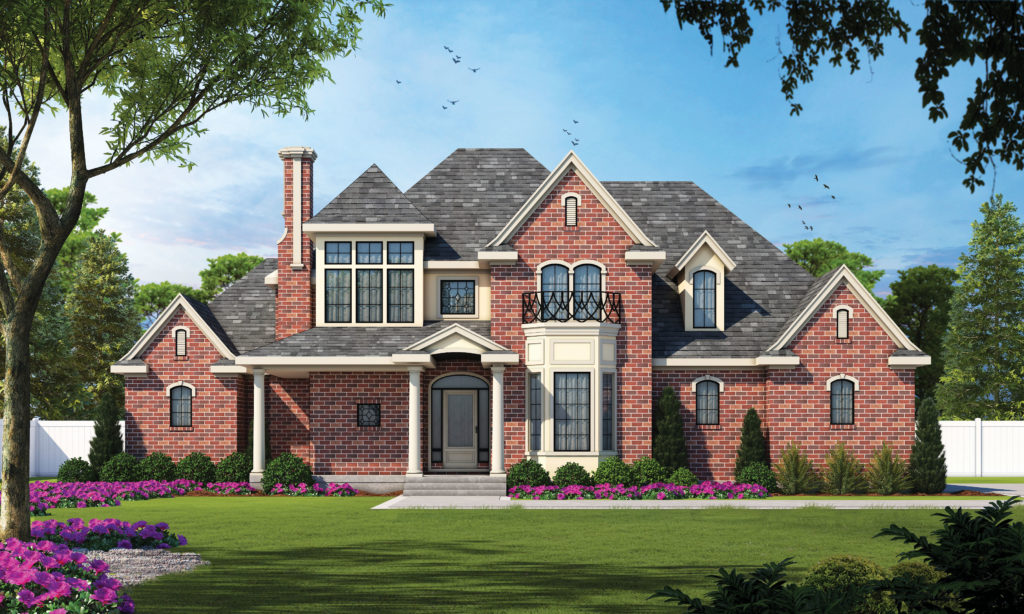
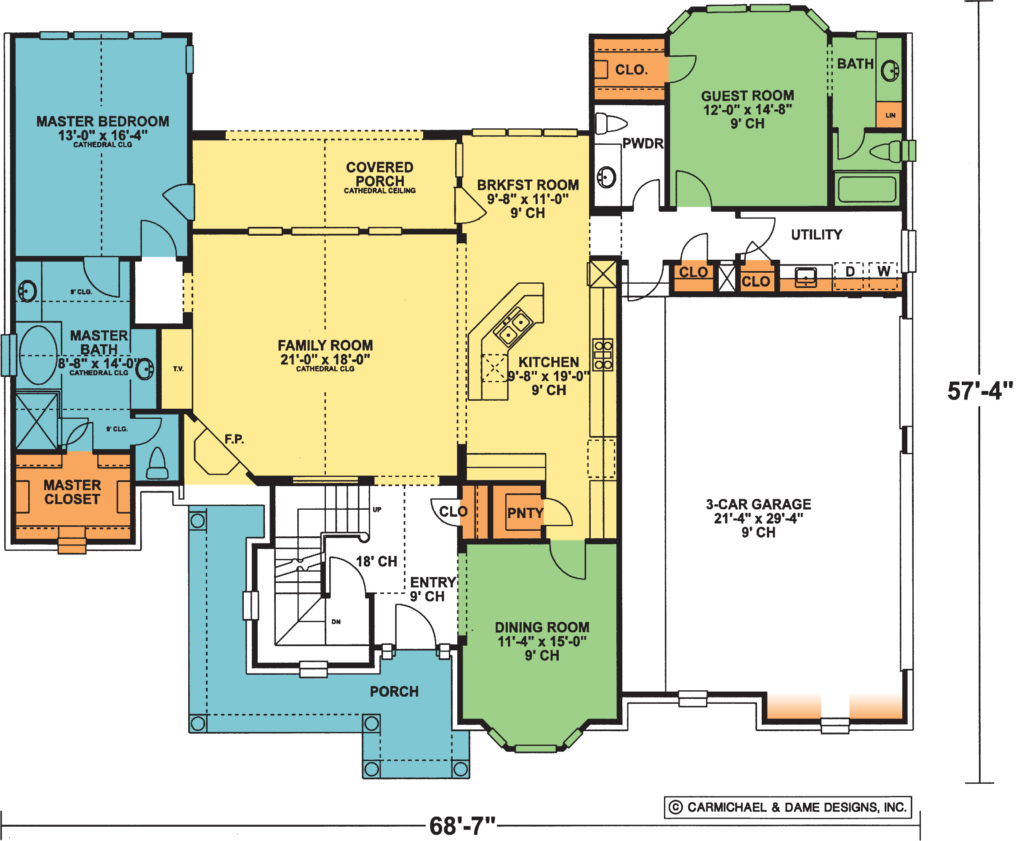
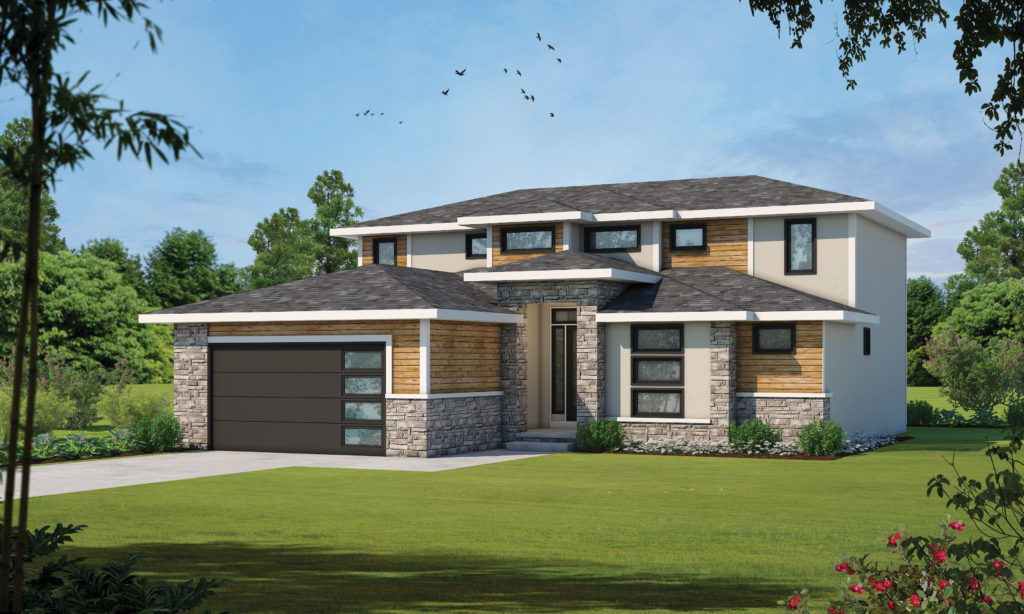
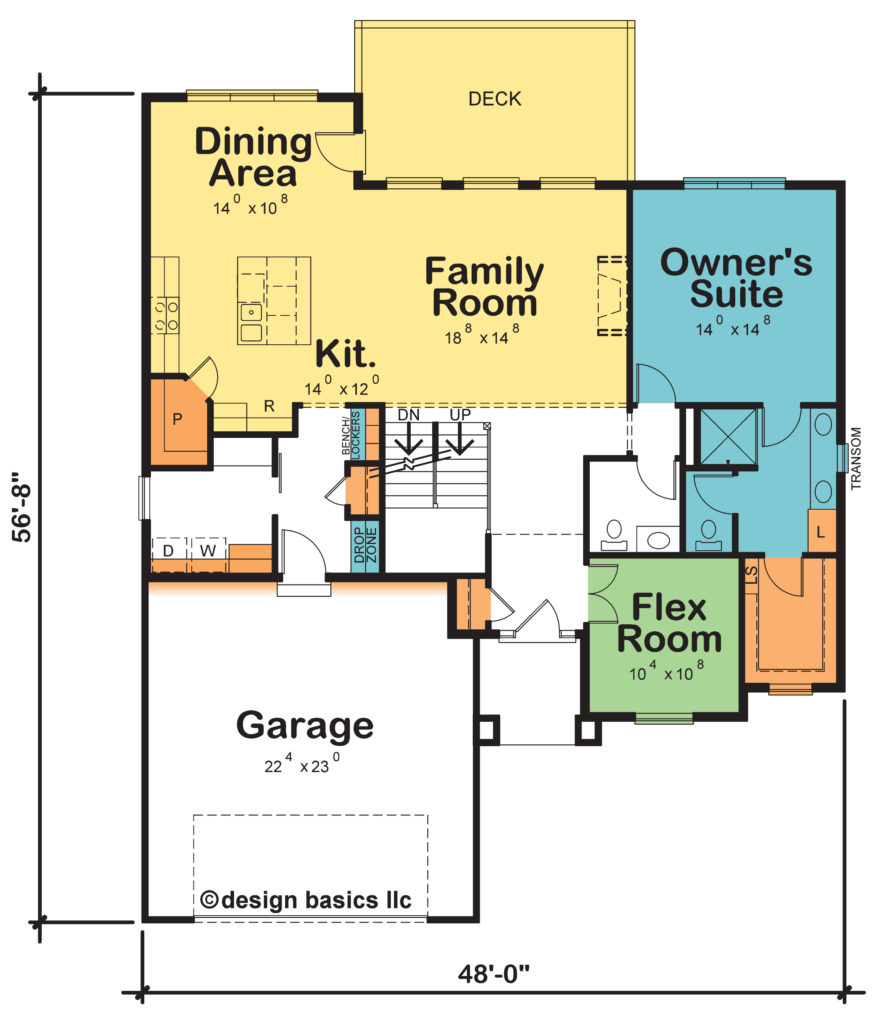
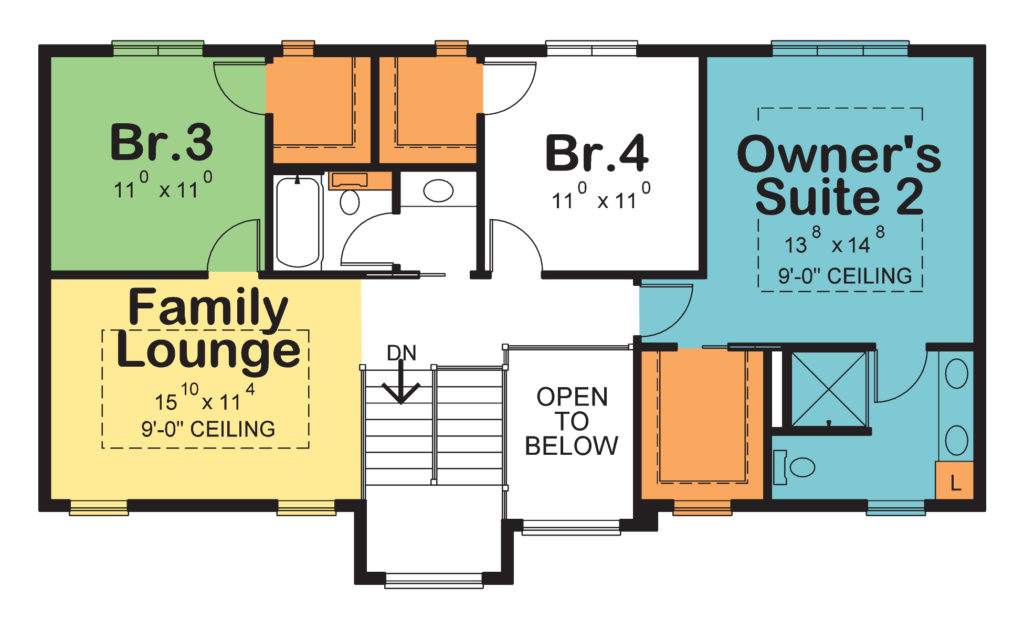
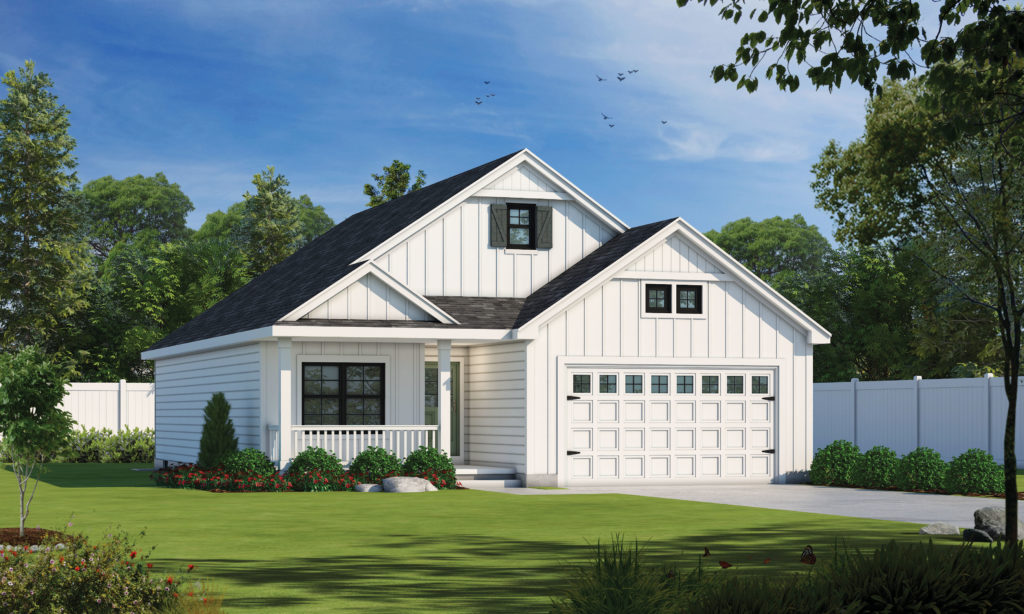
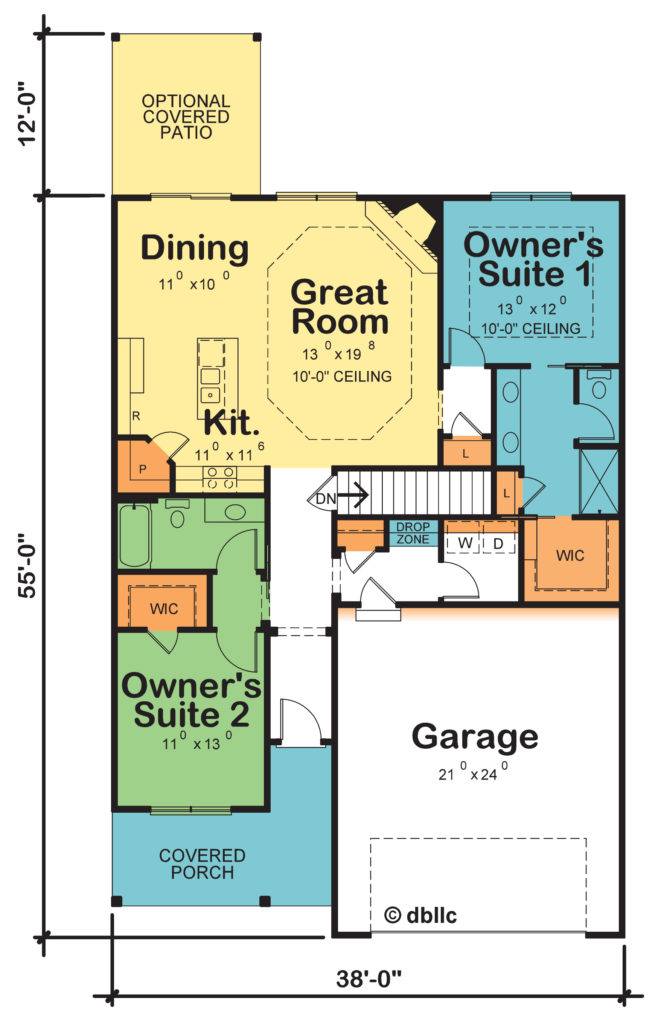
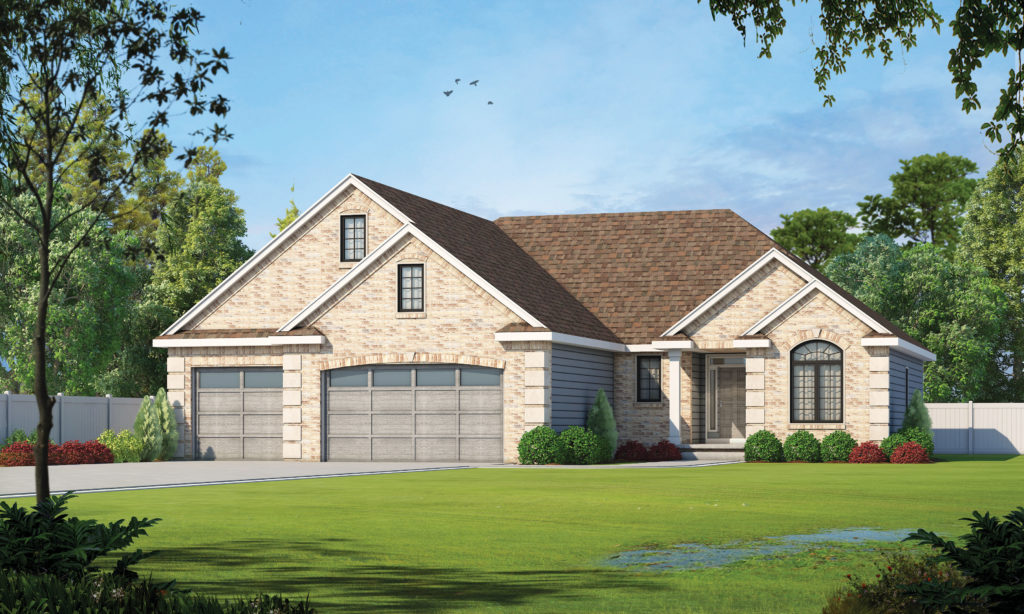
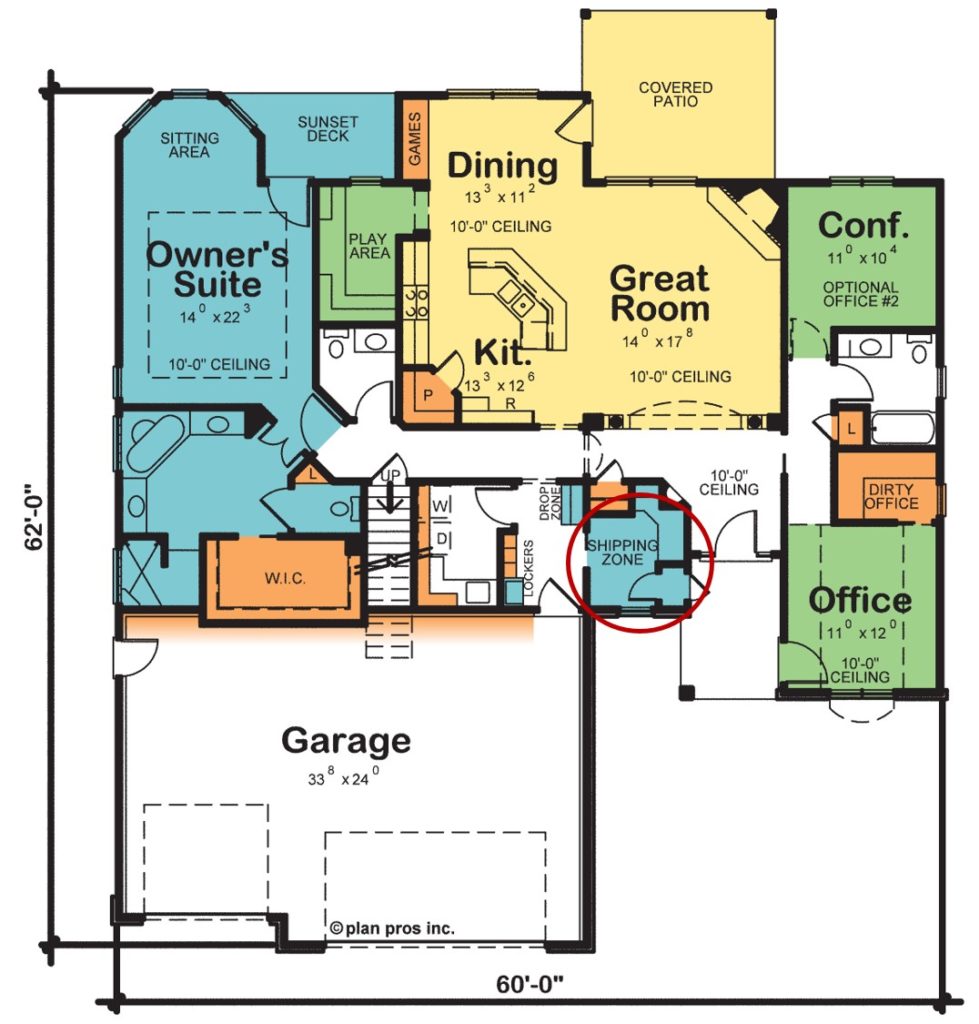

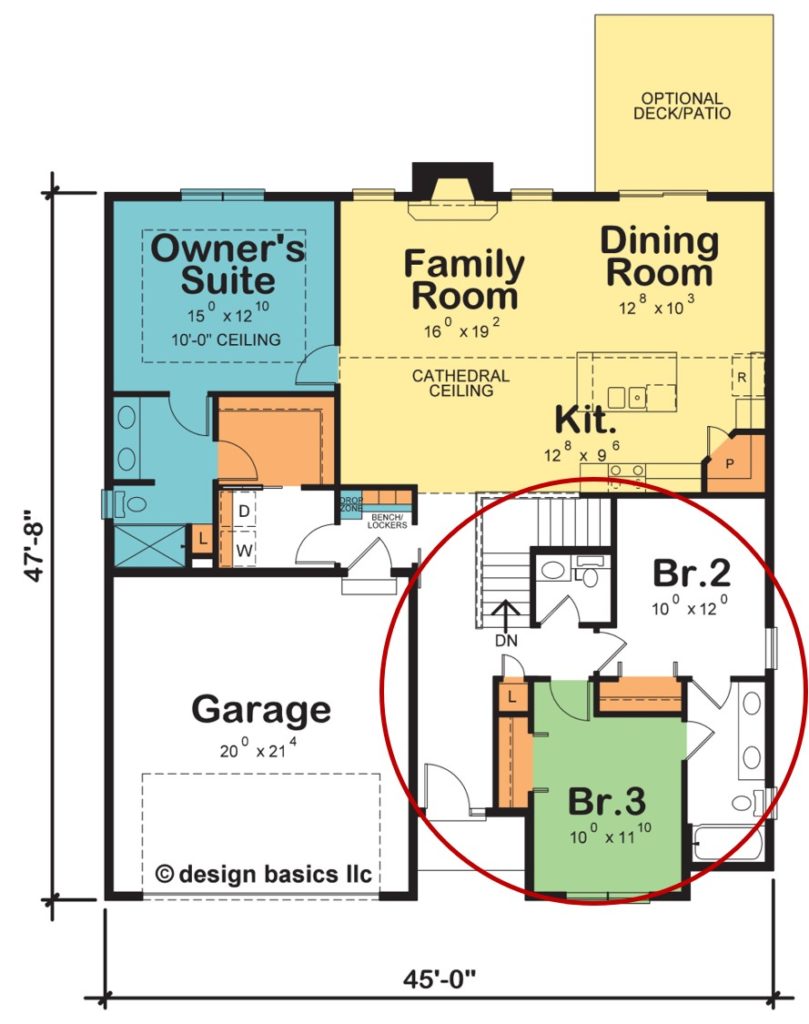
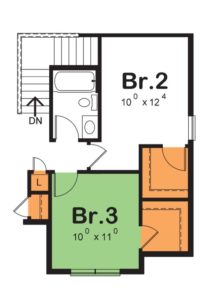
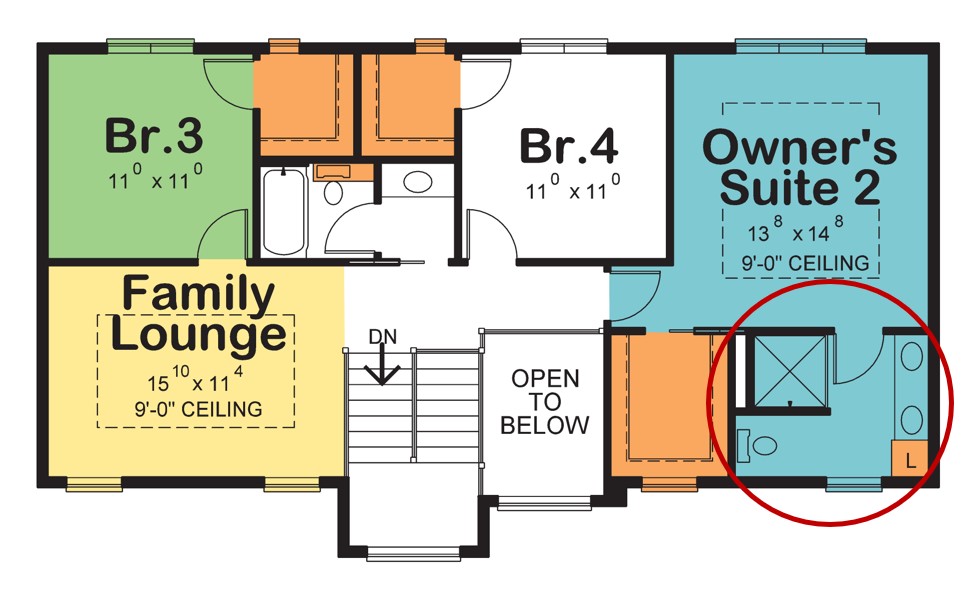
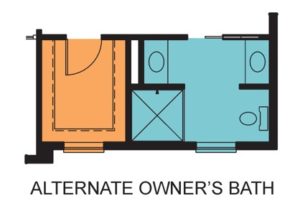
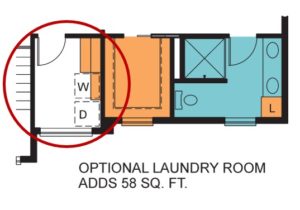 That two-story entryway is a “Wow!” feature many buyers like or even expect; however, other buyers look at that space and wonder how much it costs to heat, considering it “wasted space.” For these buyers, instead of the two-story entry, they could opt to add the 6’-4” x 8’-8” “open to below” space to the walk-in closet, plus have a convenient seat for dressing (natural light is great for discerning colors in your wardrobe!).
That two-story entryway is a “Wow!” feature many buyers like or even expect; however, other buyers look at that space and wonder how much it costs to heat, considering it “wasted space.” For these buyers, instead of the two-story entry, they could opt to add the 6’-4” x 8’-8” “open to below” space to the walk-in closet, plus have a convenient seat for dressing (natural light is great for discerning colors in your wardrobe!).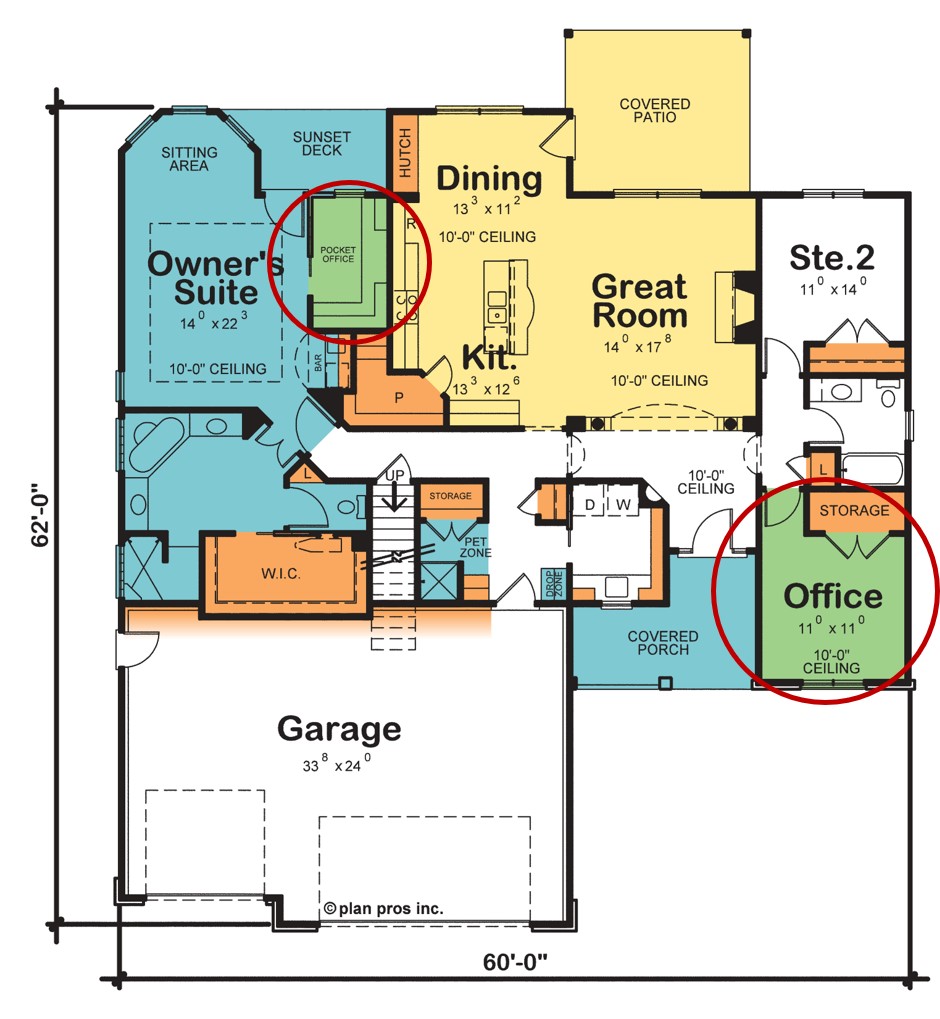
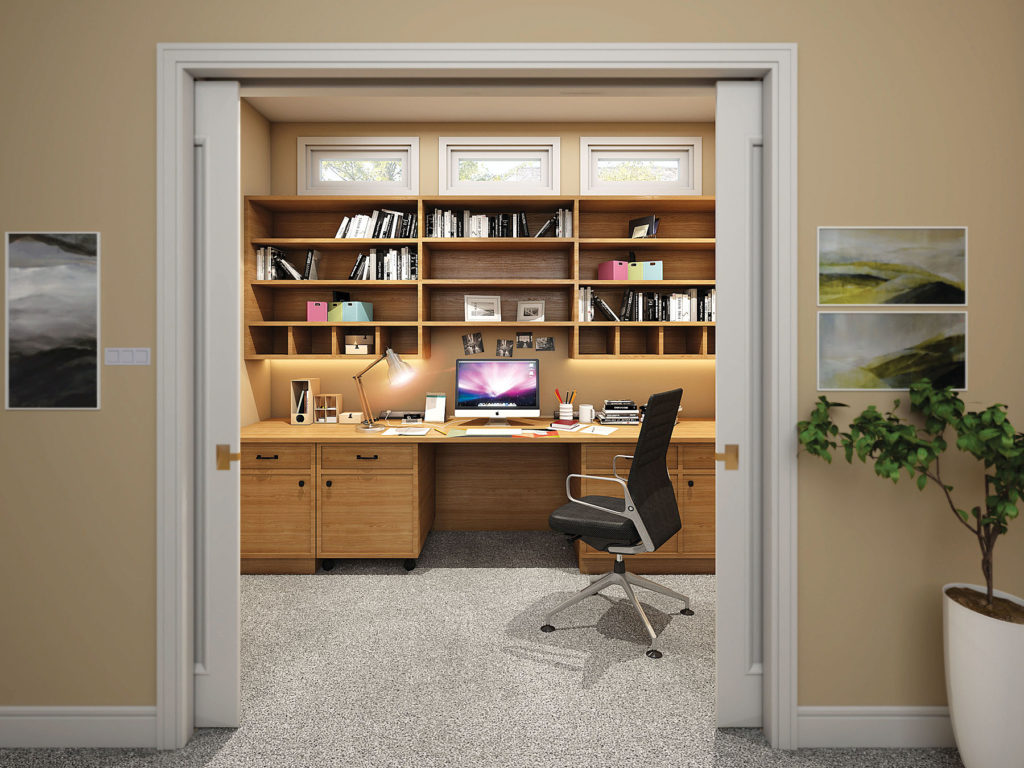

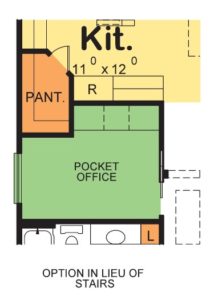
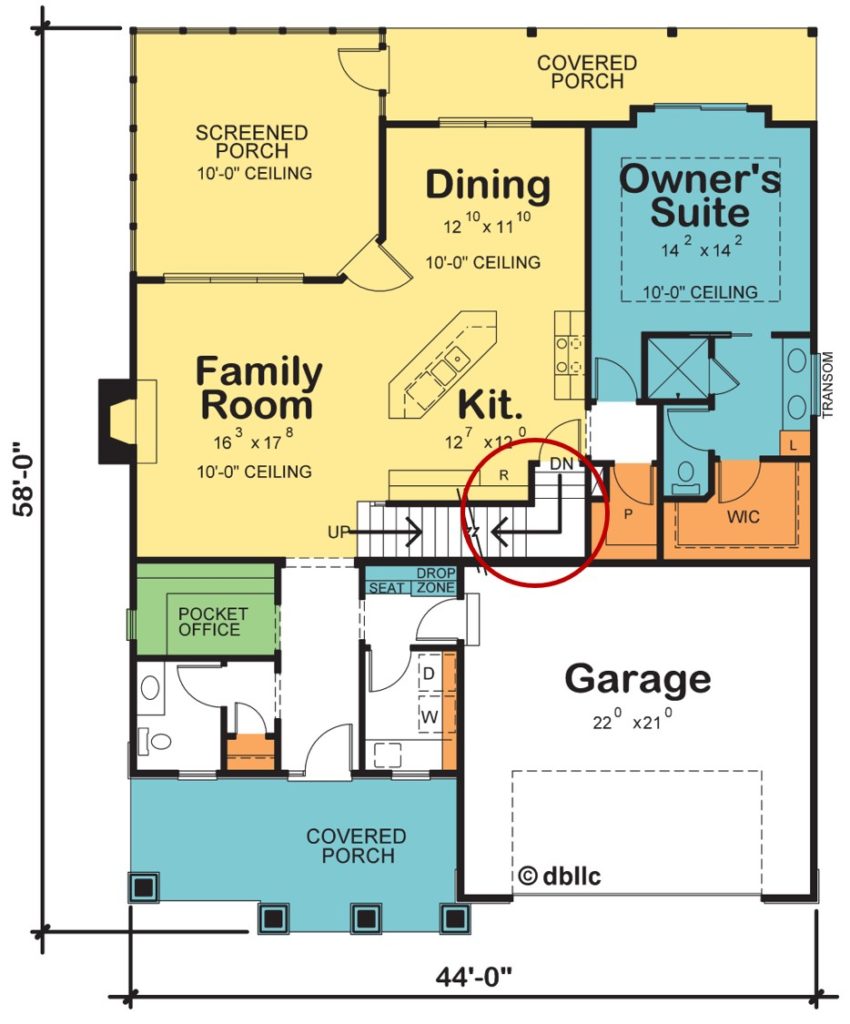
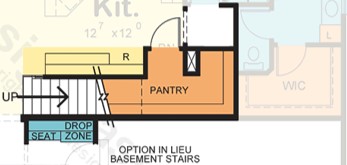
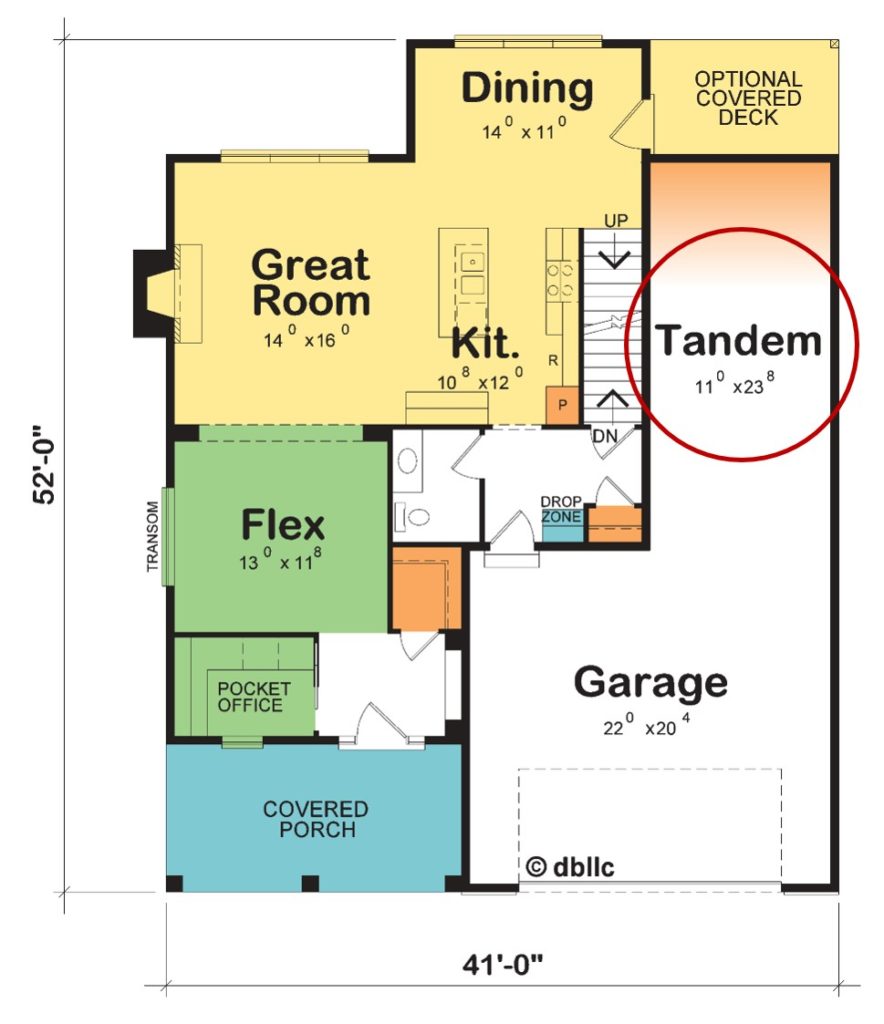
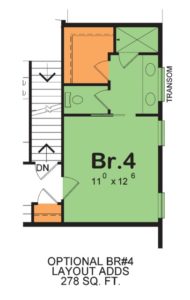
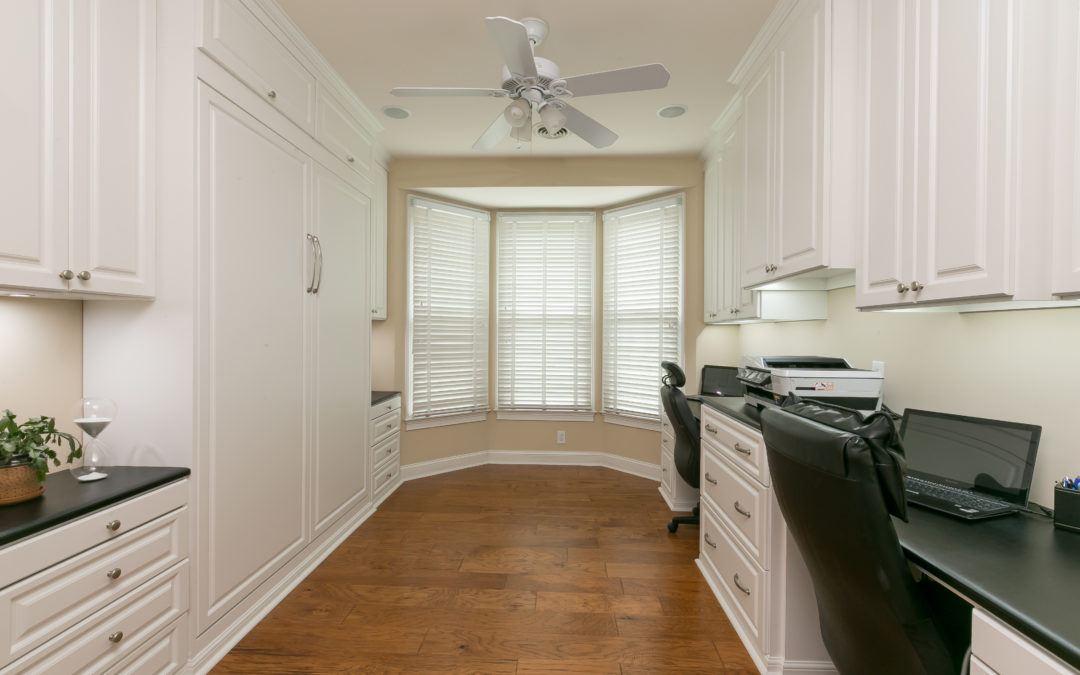
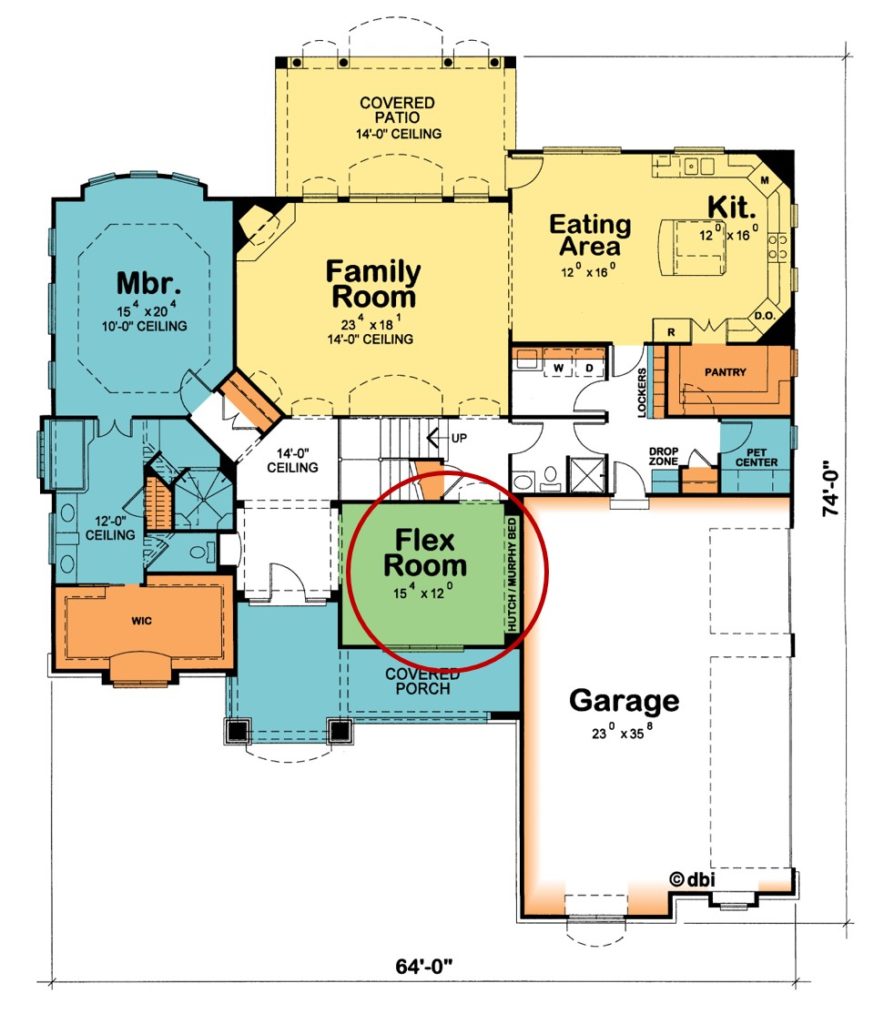
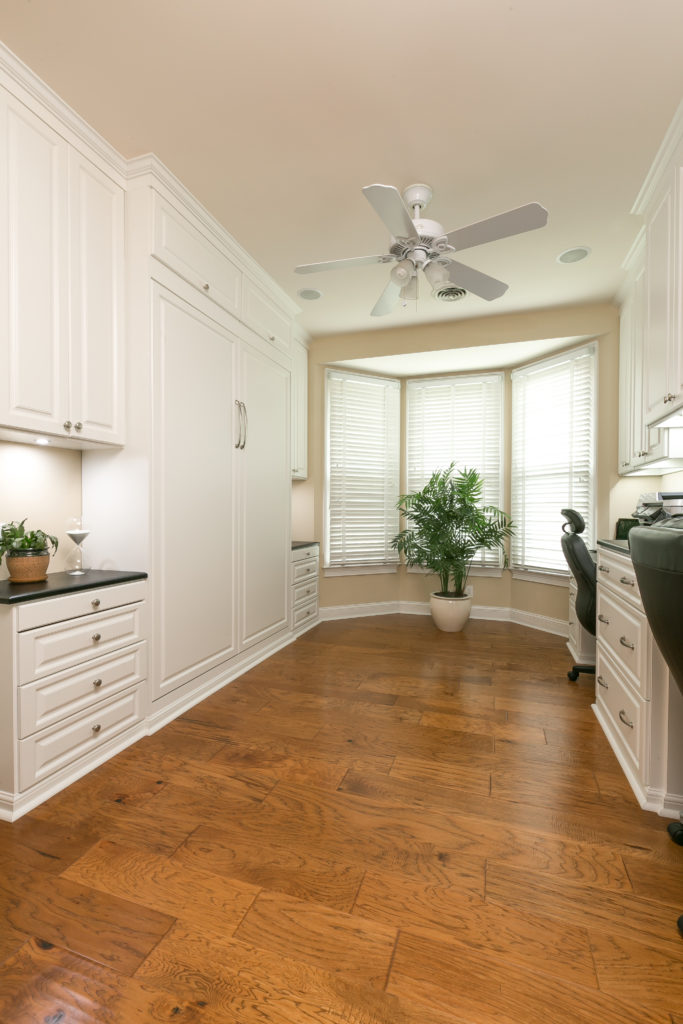
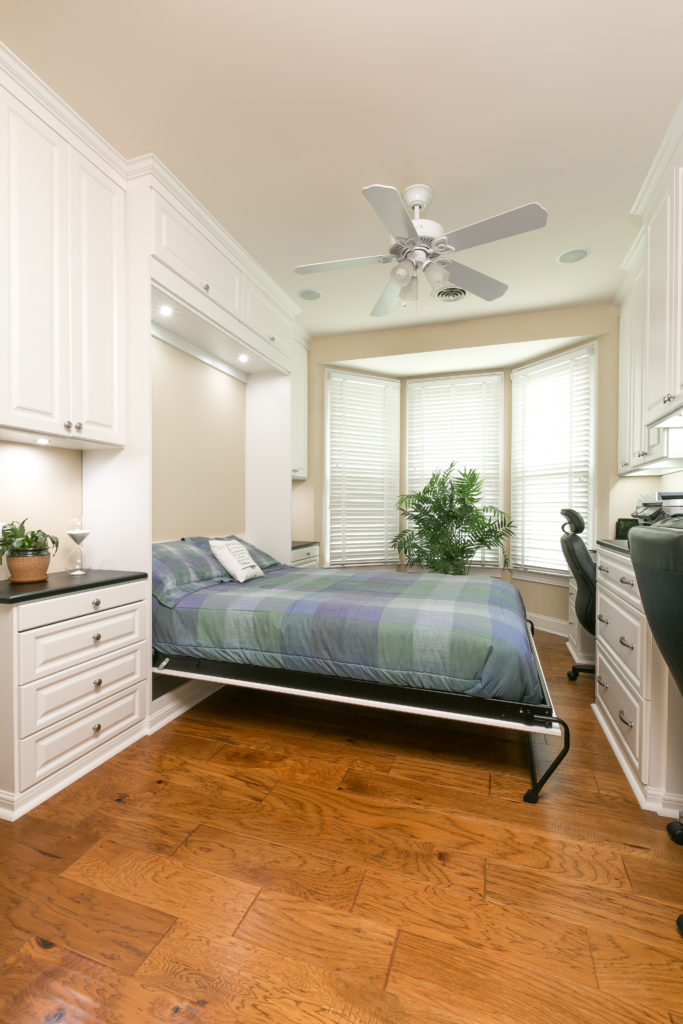
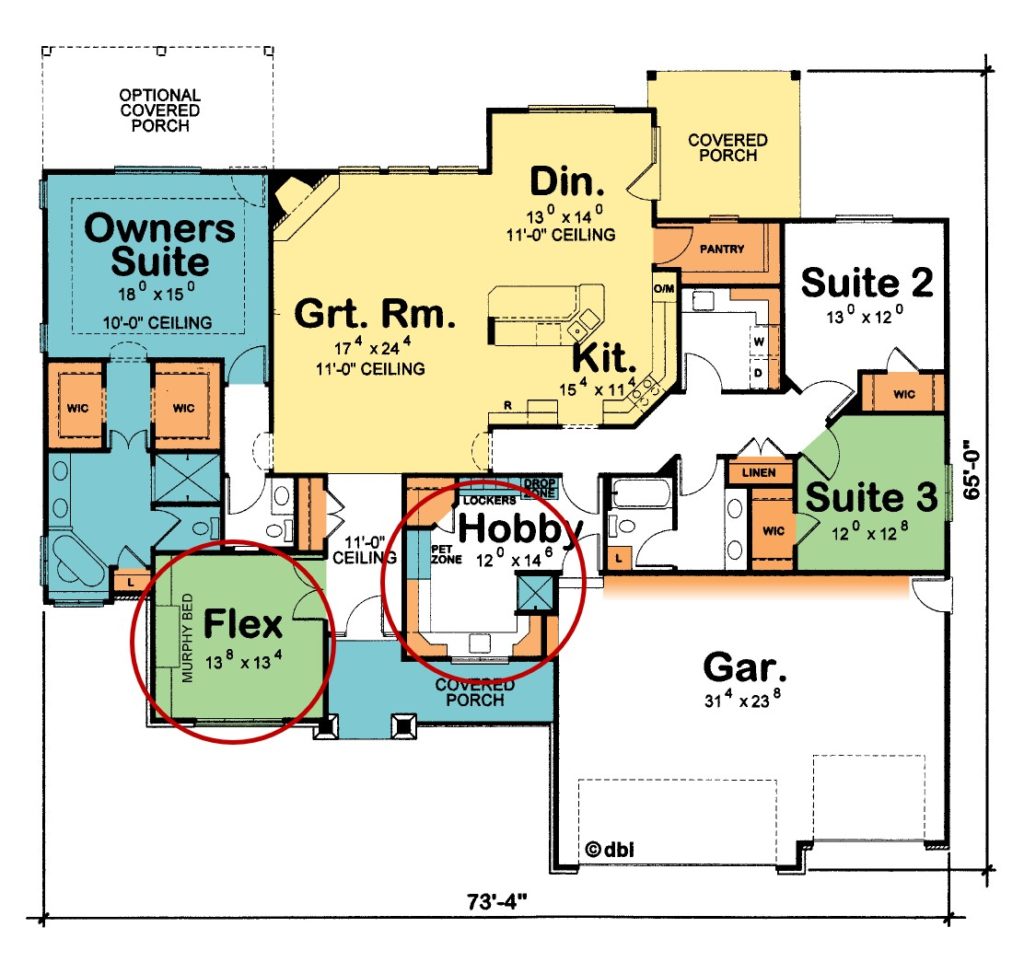
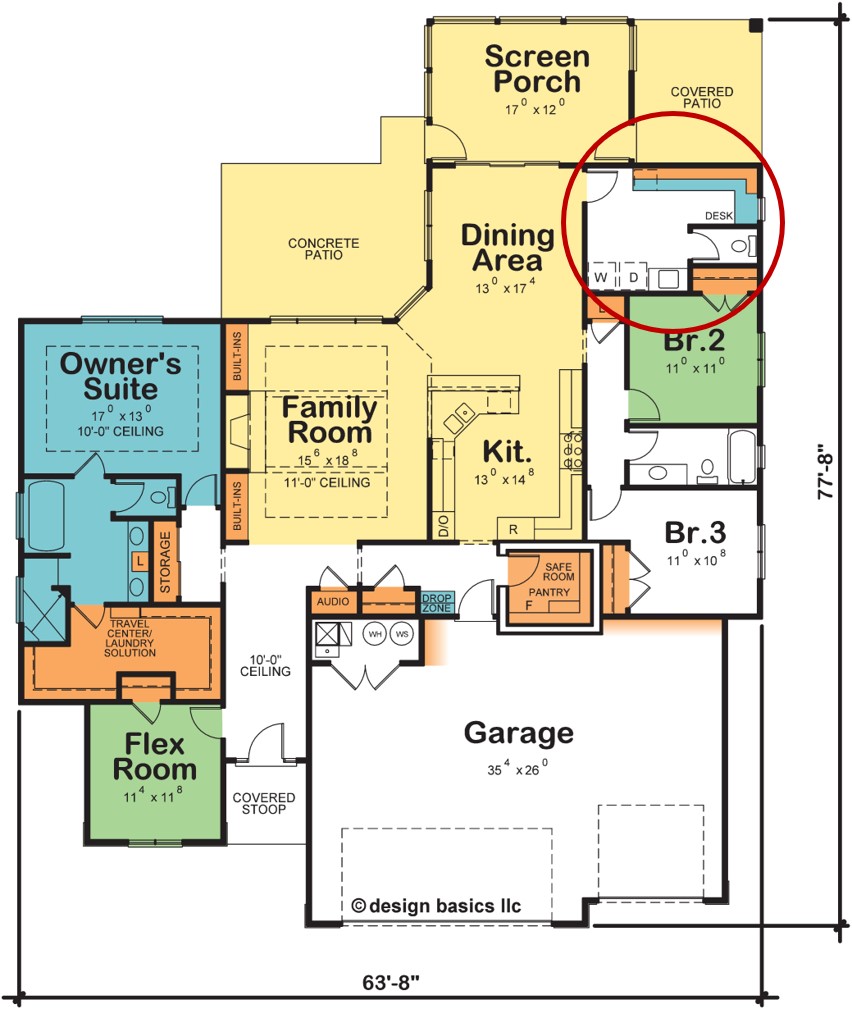
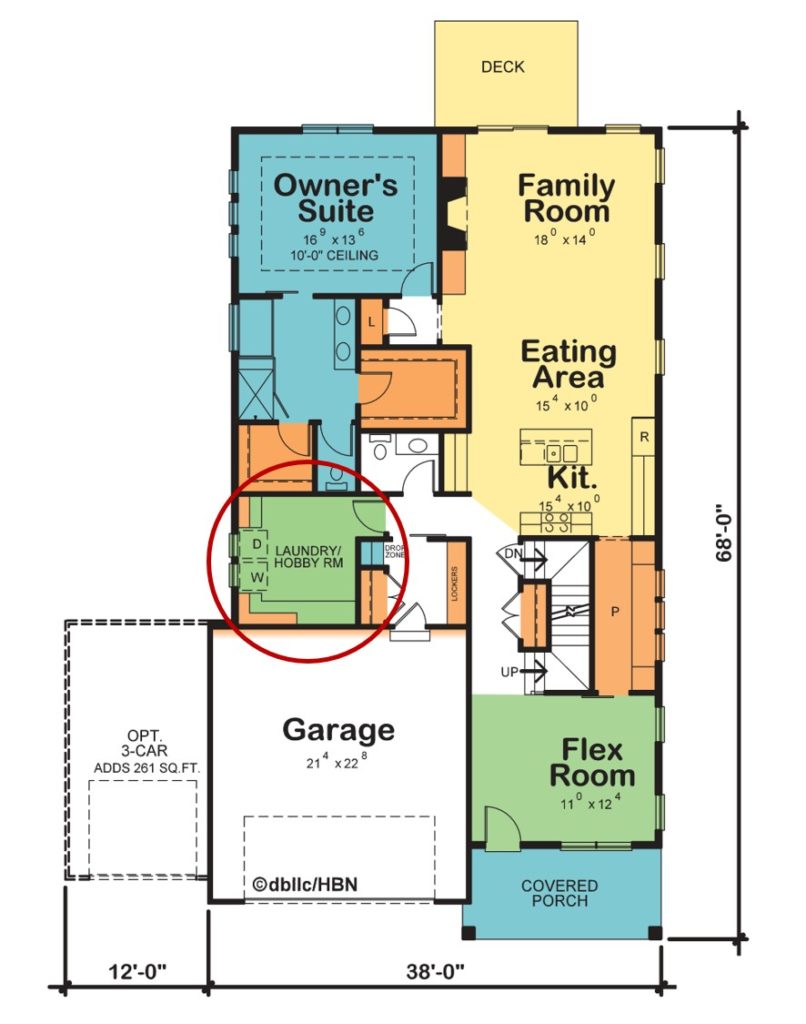
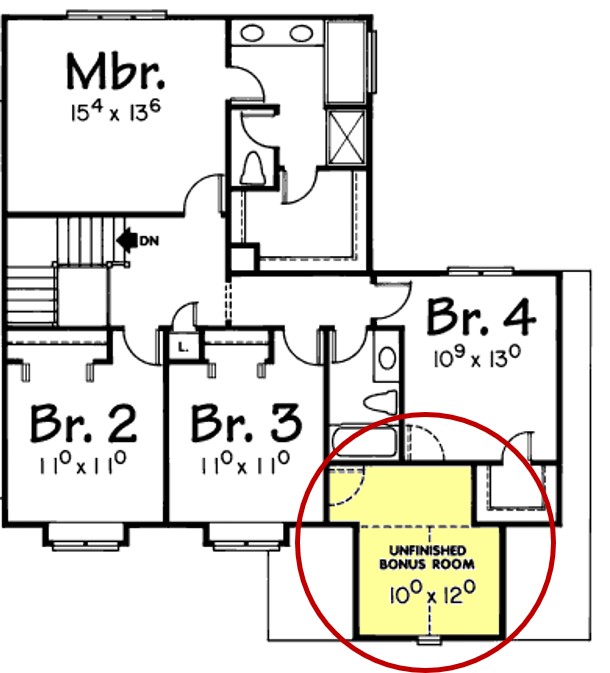
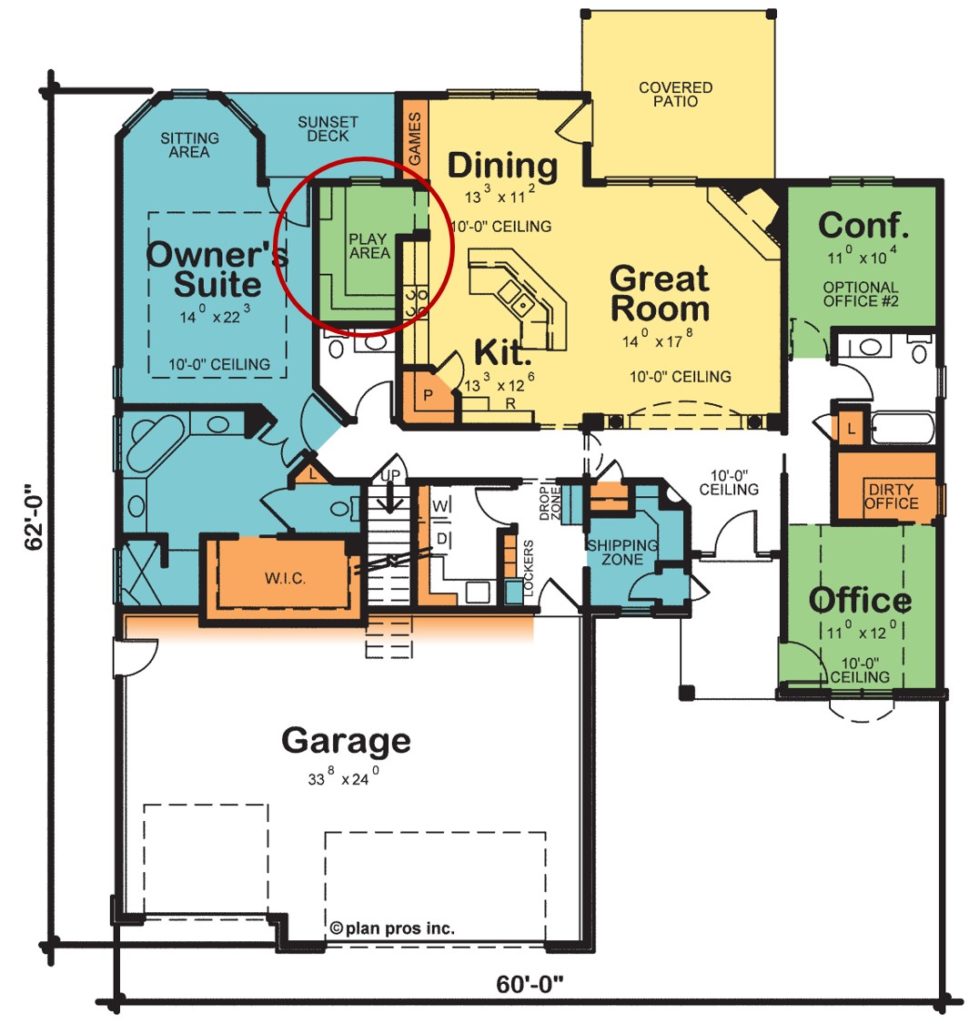

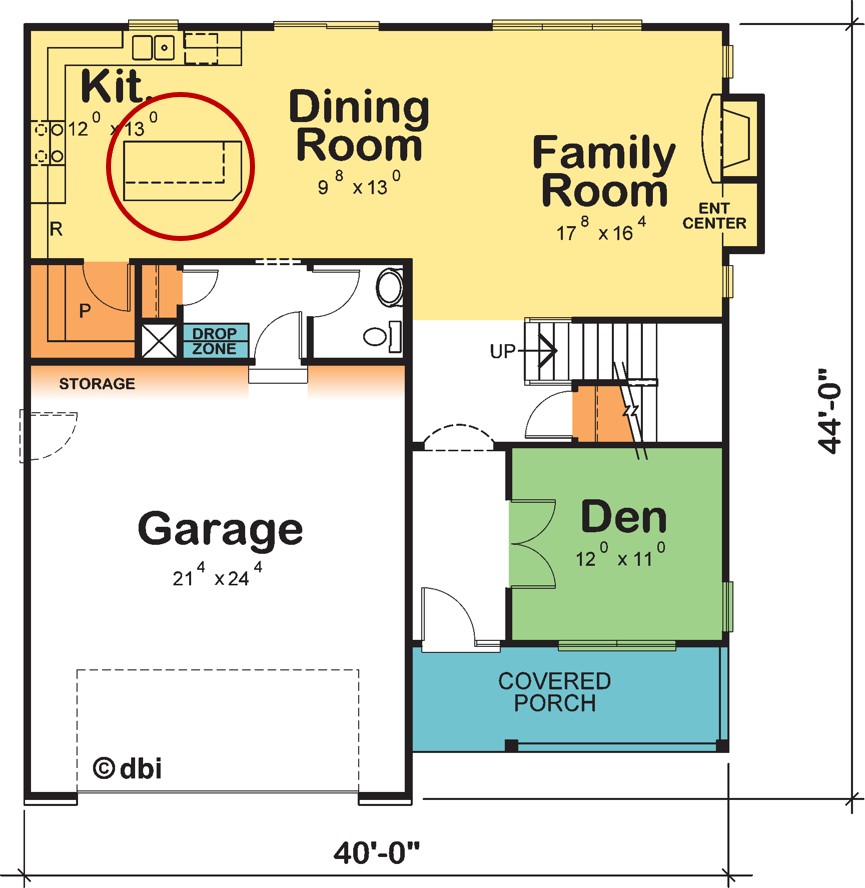
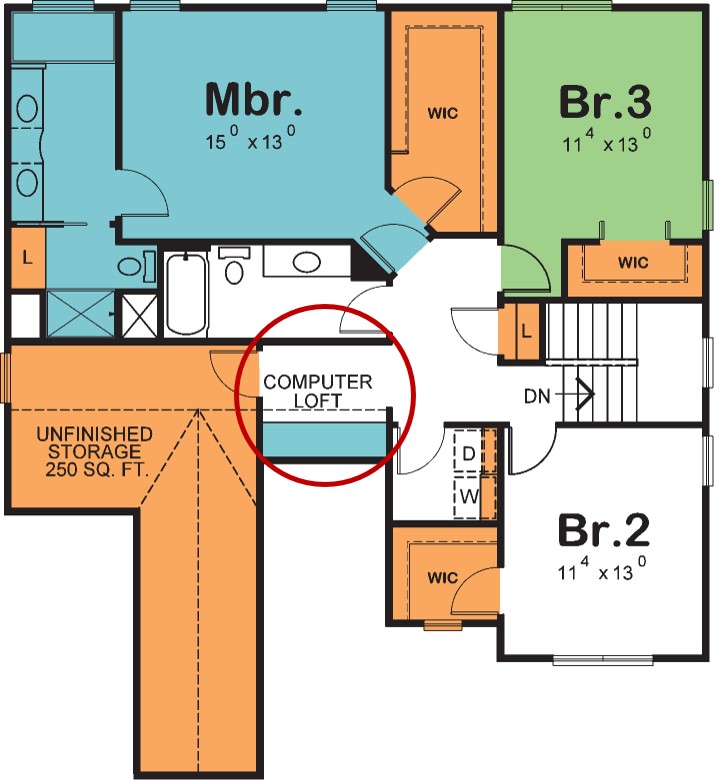
 Rocket men! Our tech-savvy kids of all ages began to experience the joys of new, offline activities. But whether it was jigsaw puzzles or model glue and paint drying, or even some board games, where could such indoor undertakings be left, undisturbed, to complete later? The multi-purpose laundry/activity center in the Aden (
Rocket men! Our tech-savvy kids of all ages began to experience the joys of new, offline activities. But whether it was jigsaw puzzles or model glue and paint drying, or even some board games, where could such indoor undertakings be left, undisturbed, to complete later? The multi-purpose laundry/activity center in the Aden (